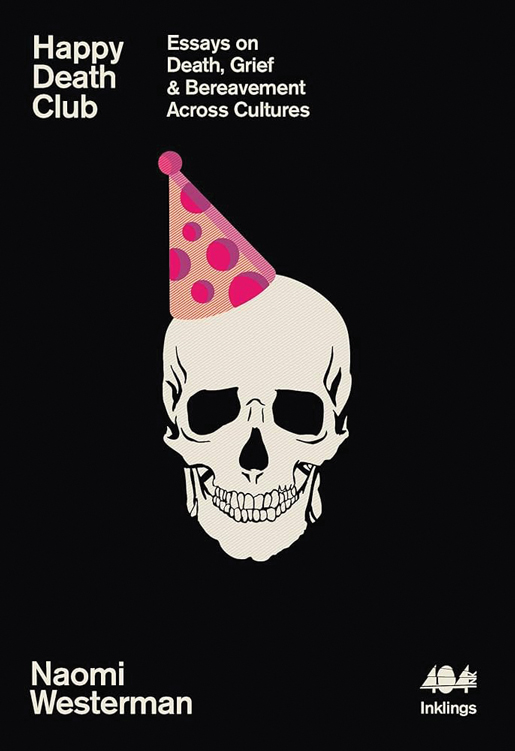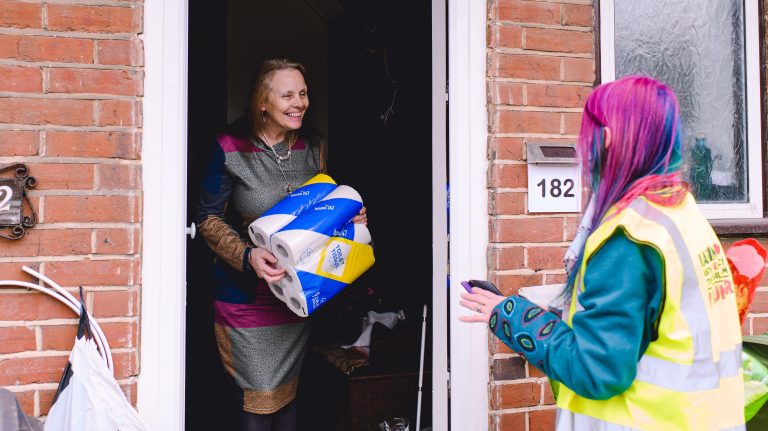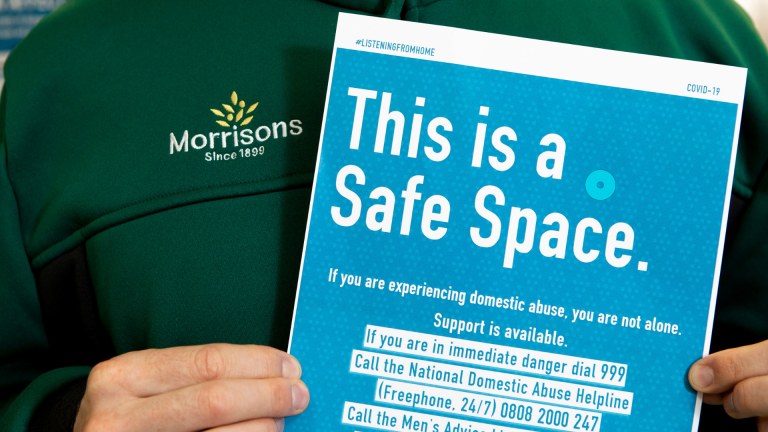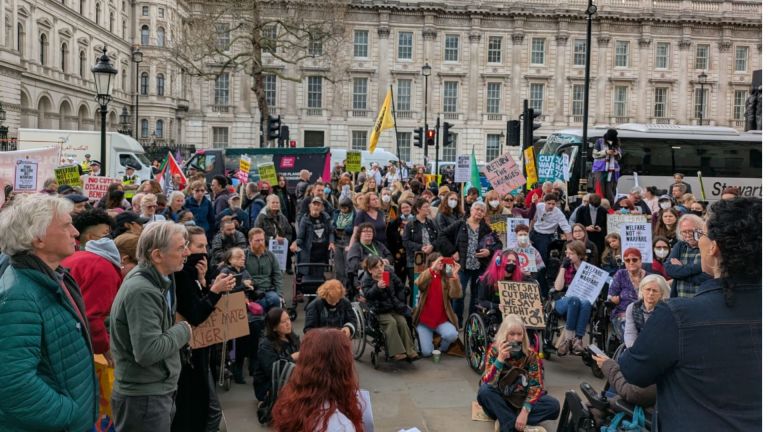Last year, while researching my book Happy Death Club: Essays on Death, Grief and Bereavement Across Cultures, I had the opportunity to spend a month in Mexico during Día de los Muertos (Day of the Dead). The annual holiday takes place on days when people believe the veil between our world and the world of the dead is at its thinnest, allowing those who have died to return to us. Other countries have similar death-related holidays in late October and early November, and Halloween (which evolved from the Gaelic festival Samhain) is celebrated around the world. Most people outside of Mexico perhaps know about Day of the Dead either from the Pixar movie Coco, or from the Bond movie Spectre, which opens with a dramatic chase scene set around the backdrop of Mexico City’s Day of the Dead Parade.
Except it’s not: Mexico City had never had a Day of the Dead Parade before. Director Sam Mendes invented it for the movie, but the colourful and joyous scenes connected with audiences worldwide to the point officials decided to organise a Day of the Dead Parade for real, which since 2016 has boosted Mexico City’s tourism.
Get the latest news and insight into how the Big Issue magazine is made by signing up for the Inside Big Issue newsletter
I arrived in Mexico on a blistering hot October day. On the first day I got lost in the chaotic backstreets of Mexico City without any water, dehydrated and panicky, and a woman suddenly appeared like an angel bearing a tray of iced hibiscus tea free samples. She pointed me towards the Paseo de la Reforma boulevard that cuts down Mexico City centre, both sides dotted with elaborately huge yet fragile papier mâché figures, called Cartonería or carton piedras. Many take the form of La Catrina, Mexico’s iconic female skeleton figure. Others are more fantastical: dragons, spiders, tigers, Lovecraftian monsters in a bright rainbow of colours. Every store puts out an Ofrendra (offering) – a shrine covered in marigolds. People dress up for the party this celebration of death has become. In the middle of a roundabout, a huge circular structure is covered in the names of missing and murdered women, as well as women who fought for justice.
This plinth – which used to be the Christopher Columbus Monument – hosts a purple statue of a female figure raising her fist. The word Justice is carved into her back. This is also new, installed illicitly by a group of guerrilla female artists and protesters in 2021, which after a lengthy battle was permitted to remain permanently.
Multiple iterations of the Clothesline Project (inspired by artist and feminist protester Mónica Mayer) saw women pin the names of officials who had failed them, of incidents of sexual violence that went ignored by police. A fence at the National Palace was graffitied with the names of missing and murdered women to mark International Women’s Day: an average of 10 dead women every day, 3,427 in 2021, according to Mexican government statistics.











